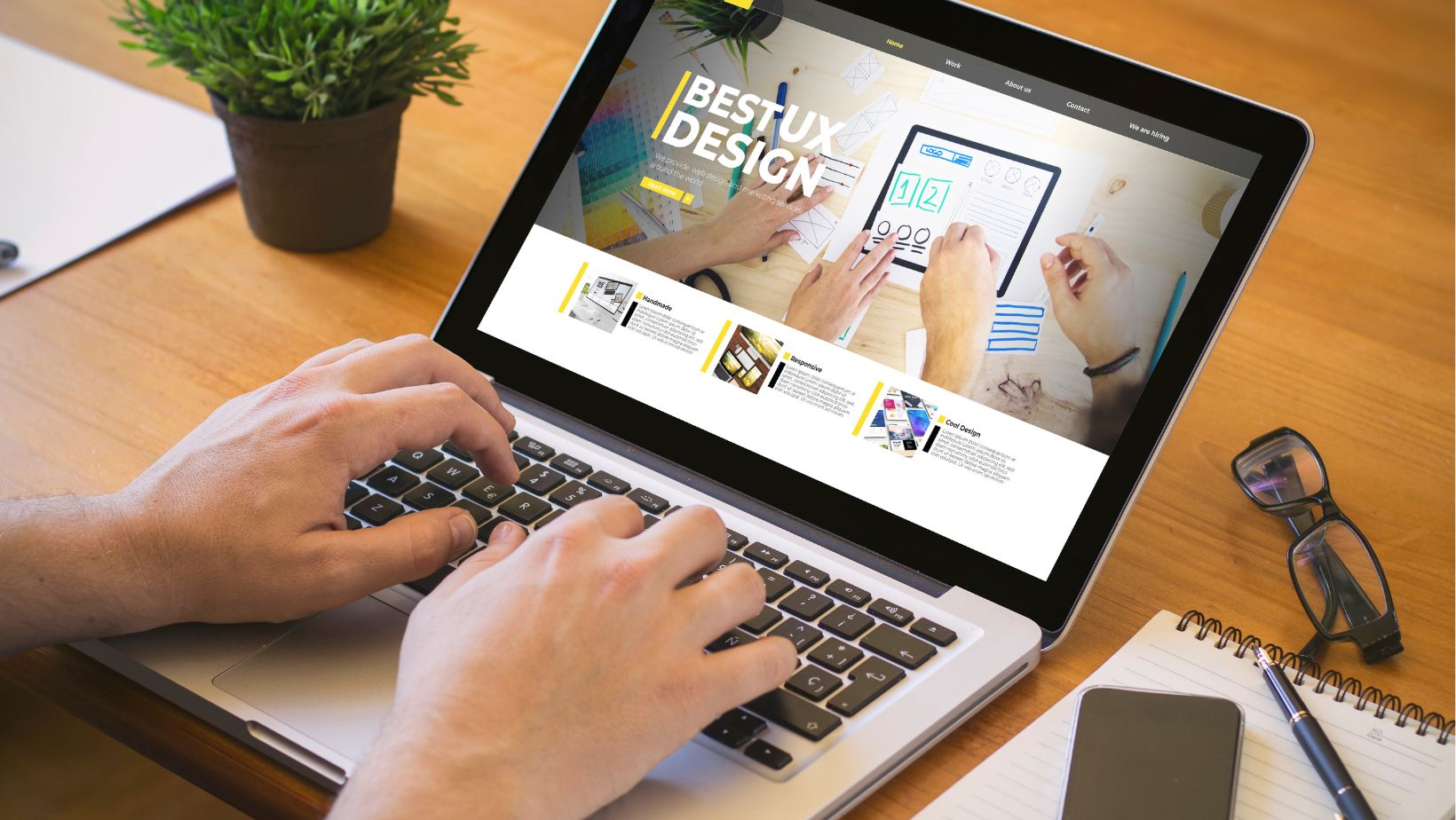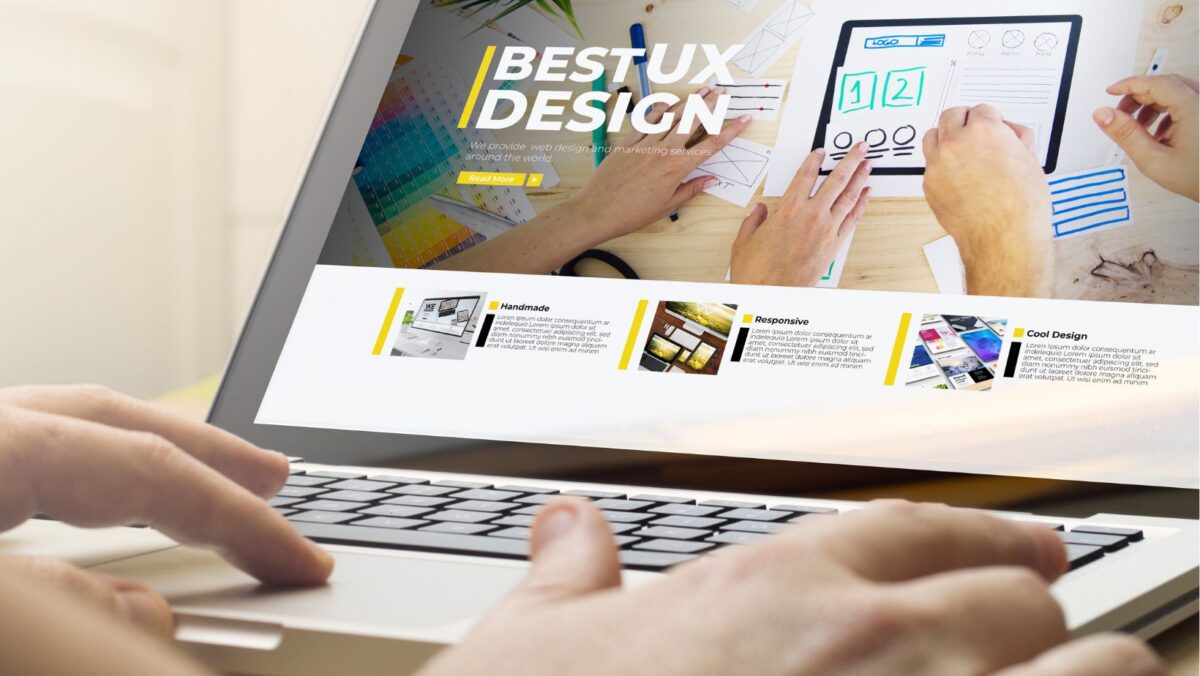Will UX Design be Automated
I’ve been pondering on a question that seems to be on the minds of many in the tech industry lately: Will UX design be automated? It’s no secret that automation is reshaping industries across the board. From self-driving cars to chatbots answering customer inquiries, there doesn’t seem to be an area untouched by this wave of change. But what about the future of UX design?
UX design, or User Experience Design, lies at the intersection of art and science. It’s a field requiring not just technical knowledge and skills but also an understanding of human behavior and psychology. The question then arises, can such a multifaceted discipline really be automated?
Automation is undoubtedly making inroads into certain aspects of UX design. Tools for making wireframes, conducting user tests, even generating code are becoming more sophisticated every day. Yet despite these advancements, I believe there are elements intrinsic to UX design that simply cannot be replaced by machines.
When it comes down to it, designing compelling user experiences requires empathy — an understanding of users’ needs, motivations, and pain points from their perspective. This empathetic approach enables designers to create solutions that resonate with users on an emotional level.
So while automation may streamline some parts of the UX process and make our jobs easier in some respects, I am confident that it won’t replace us completely anytime soon. After all, at its heart,UX design is about people designing for other people – something no algorithm or AI can fully replicate.
Understanding UX Design
Let’s get a handle on what UX design really is before we dive into its future. At the core of it all, User Experience (UX) design is about creating frictionless and enjoyable user interactions with products or services, mostly digital ones like websites or apps. It’s not just about making something that looks good – though that’s part of it – but crafting an experience that feels intuitive, easy to use, and satisfying.
In my work as a UX designer, I’ve seen how this discipline goes beyond mere aesthetics. It encompasses understanding users’ needs and goals, their behaviors and frustrations. By researching and testing designs with real people, I’m able to craft experiences that meet their expectations while achieving business goals.
But let’s illustrate this with an example: imagine you’re designing a mobile banking app. A visually appealing interface isn’t enough if users can’t quickly check their balance or easily transfer money between accounts – tasks they likely want to perform often. As a UX designer, you’d research how people interact with banking apps in general and your client’s old app specifically. You’d learn where they get stuck or frustrated then create prototypes for new designs addressing these pain points.
So far so good? Now consider the impact of technology on this process – AI algorithms predicting user behavior based on vast datasets; automated tools creating wireframes in seconds; virtual reality enabling immersive user testing environments… The landscape of UX design is changing dramatically due to technological advancements.
This brings us to our main question “Will UX Design be Automated?” We’ll explore this paradigm shift further as we delve deeper into the future of UX design.

The Evolution of UX Design
Looking back, I can see the fascinating transformation that UX design has undergone. It’s been a journey marked by innovation and technological leaps, all aimed at enhancing user experience. A few years ago, we were marveling at the wonder of touch screen interfaces, and now it’s all about voice-activated commands and AI-driven designs.
The shift from physical to digital products in the early 2000s was a game-changer for UX design. Back then, our focus was on ergonomic layouts and functional aesthetics for tangible goods. When software started taking center stage, we had to adapt rapidly. We found ourselves creating intuitive navigation systems for websites and developing engaging mobile apps.
Just as we got comfortable with that shift comes another one – automation. Recent developments hint at an exciting future where automation could significantly shape UX design. Already, there are tools that generate wireframes based on content inputs or create high-fidelity prototypes using artificial intelligence.
Surely enough, this brings up interesting questions: Will automation replace designers? Is ‘The Future of UX Design – Will UX Design be Automated’ an impending reality? From my standpoint as a seasoned designer, I believe that while automated tools can assist us in repetitive tasks or initial drafts, they lack the human touch essential to effective design.
One striking example is how we’re leveraging data analytics today to understand user behavior better than ever before. Automation helps gather this data efficiently; however interpreting it requires a keen understanding of human psychology – something machines aren’t equipped with yet.
As such, while technology will continue to revolutionize the realm of UX design (think virtual reality experiences or personalized UIs through machine learning), the core elements – empathy and understanding users – remain irreplaceable by any algorithm or automated tool.

